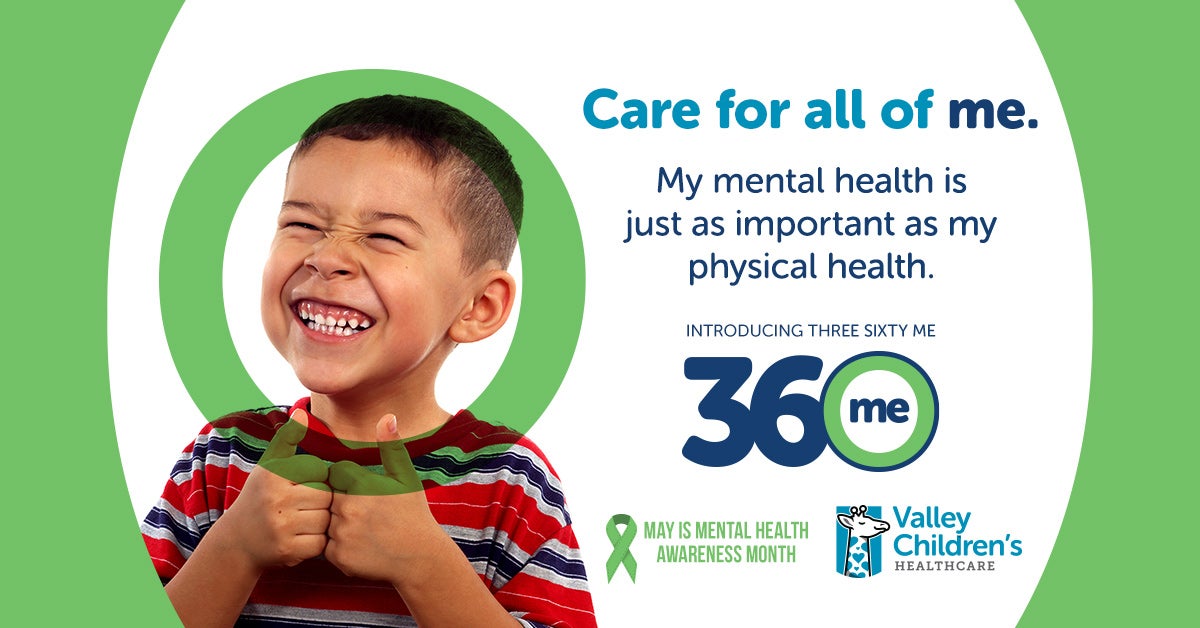The Many Miracles of Mindfulness
May 6, 2021As parents, we often find ourselves in stressful situations. The world today can seem like a busy, ever-changing, always-on place. Schedules are often overloaded with work, school, activities and other commitments. Digital technologies of every sort are constantly vying for our attention, especially in this world of remote learning and working. All the changes and challenges due to COVID-19 have upended our trusted routines. Sometimes, all of these things together can make your head spin.
It may surprise you to hear that kids experience similar feelings of stress, anxiety and being overwhelmed. In addition, children are very sensitive to the environment around them, so they may pick up on the stress you feel, especially if it impacts your mood or how you interact with them.
The good news? There are several techniques adults and kids can use to help manage stress and anxiety, and they can be done right at home with no special equipment or training. One of these techniques is called mindfulness.
What is mindfulness?
Mindfulness is the practice of being fully present in the moment. It asks you to pause, breathe, take in the world around you and acknowledge the various thoughts, feelings and sensations floating across your mind at the time.
Practicing mindfulness can be beneficial for adults and children alike. Mindfulness can teach our minds to slow down and focus instead of racing from task to task or from worry to worry. By slowing down and being present, we can make decisions with a clearer mind, approach others with more patience and reduce our own stress levels. For adults, mindfulness can help us focus on the task at hand, whether it’s being present while playing with our children or preparing for that big presentation at work. For kids, mindfulness might help them focus in class or manage anxiety about a test.
It’s important to know that mindfulness, just like any skill, is learned over time through practice. By learning mindfulness techniques at an early age, children can practice as they grow and build a foundation of stress management and self-soothing for their long-term mental health and resilience.
Mindfulness activities to do together
Pick a quiet spot in your home or somewhere outside and set aside at least 10 minutes each day dedicated to being mindful. Over time, your child may become more comfortable doing mindfulness activities on their own.
Below are two of my very favorite mindfulness activities for parents and kids.
1. What’s in the bag?
This anxiety-reducing activity is especially good for younger children because it focuses their energy and attention on things they can actually physically touch, instead of asking them to describe intangible things, like thoughts or feelings.
- Place a few common household items in a non-see-through bag.
- Using only their sense of touch, have your child reach in and describe what they feel.
2. Notice five things
This activity, often called “grounding,” is a great way to reduce anxiety for kids, teens and adults. Taking a few moments to notice the world around you can help bring you back to the present.
- Sit down with your child wherever you are.
- Together, take a few deep breaths, then slowly look around and notice five things around you.
- Take turns sharing what you saw.
- You can also practice noticing five things you hear or feel.
For more mindfulness activities and to learn more about the many connections between mental and physical health, visit valleychildrens.org/360me.
About the Author
Dr. Carmela Sosa has practiced pediatrics in both the urban and rural health settings – always focused on children with special healthcare needs and pediatric mental health. She joined Valley Children’s Charlie Mitchell Children’s Center in April 2012 to provide complex primary care to children of the Valley. Her roles expanded in 2016 to include Associate Program Director of the Valley Children’s Pediatric Residency Program, and again in 2019 to Medical Director of Valley Children’s Primary Care and Medical Director of the Guilds Center for Community Health.

